When it comes to making your home feel welcoming and stylish, details matter. You don’t need to break the bank to create a sophisticated space, but certain choices can unintentionally give off a “cheap” vibe. Let’s explore some common pitfalls that could be undermining the elegance of your home. With a few simple tweaks, you can elevate your space and feel proud to welcome guests into your beautiful home.
1. Overly Matchy-Matchy Furniture Sets

While it might seem like a good idea to buy a complete living room set, going overboard with matching furniture can actually make your house look less refined. When every piece in a room is cut from the same cloth, it can feel like a showroom rather than a home. Mixing and matching different styles, textures, and colors can create a more curated look that reflects your personal taste. According to interior designer Emily Henderson, incorporating vintage or statement pieces alongside modern ones adds depth and character to a room. So, instead of going for a cookie-cutter approach, try blending different elements to add personality to your space.
On the flip side, too much contrast can also be jarring. The key is to find a balance that creates cohesion without going over the top. Consider using a unifying color palette or theme, while varying the furniture styles and materials. Accessories like rugs, pillows, and artwork can help tie everything together. Remember, diversity in design can make your home look more expensive and thoughtfully designed.
2. Excessive Use Of Fake Plants
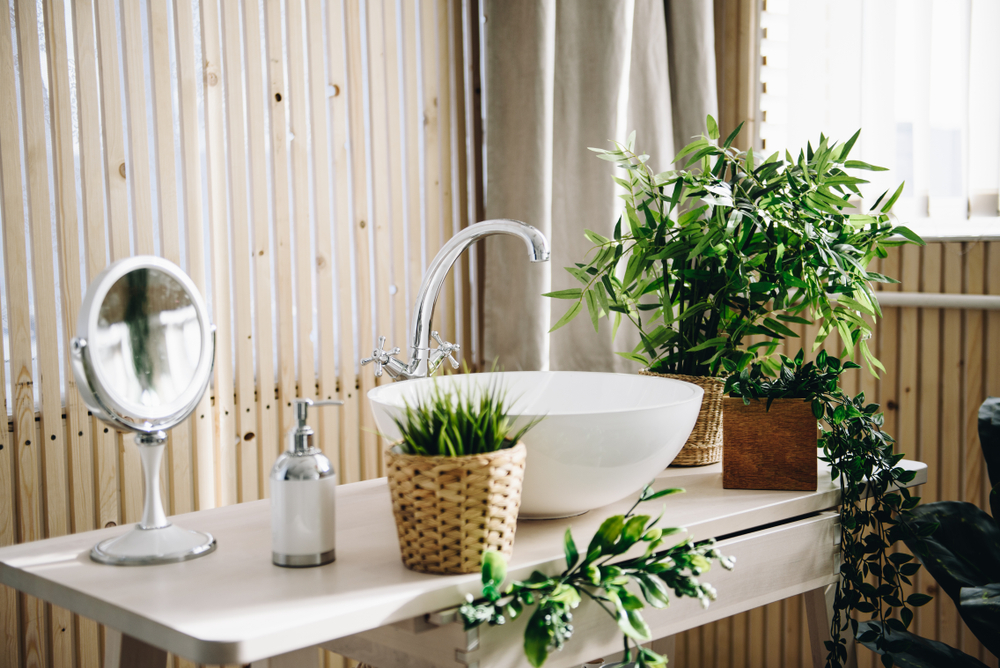
Fake plants have come a long way in terms of realism, but overusing them can still diminish the elegance of your home. They can sometimes look too perfect or uniform, lacking the natural variation that real plants offer. If your space is filled with faux greenery, consider swapping some out for the real deal. Houseplants not only add a touch of authenticity but also improve air quality, making your home healthier and more inviting. Start small with easy-to-care-for varieties like succulents or snake plants to build your confidence in keeping them alive.
Real plants add life and movement to a space that artificial ones simply can’t. Each leaf and stem has its own unique characteristics, which can contribute to a room’s overall sense of harmony and balance. If maintaining real plants seems daunting, focus on a few areas where they can make the most impact, such as a sunlit window or a prominent shelf. Even if you keep some faux plants, mixing them with real ones can enhance the illusion of a lush, green interior. Remember, it’s about creating a balance that feels natural and intentional.
3. Poor Lighting Choices
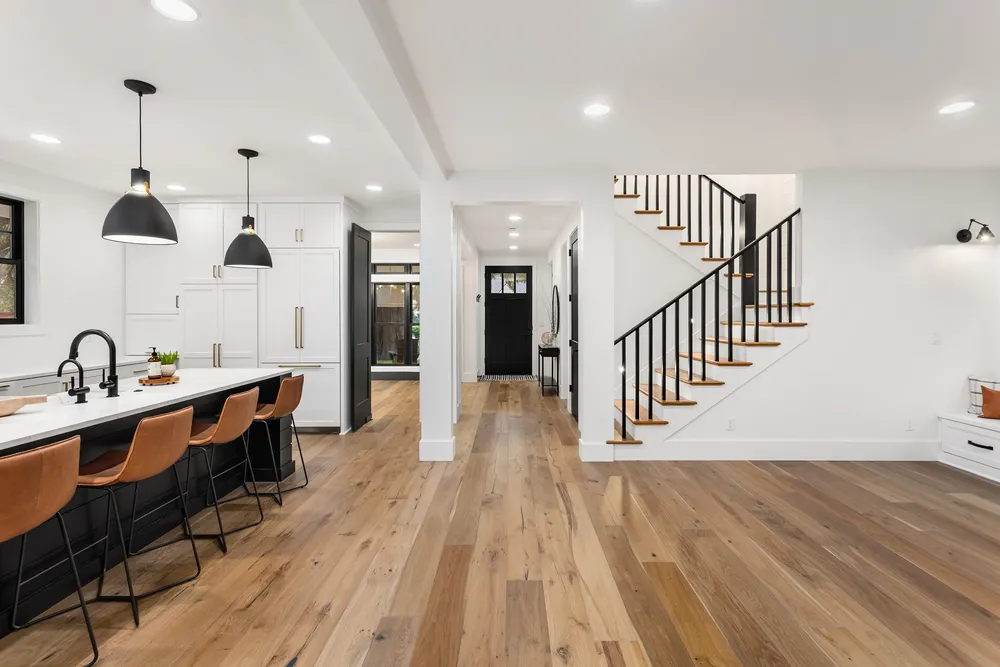
Lighting is often overlooked, but it can make or break the ambiance of a room. Harsh, cold lighting can make even the most carefully designed space feel sterile and unwelcoming. On the other hand, too little light can make a room feel cramped and gloomy. According to lighting expert Patricia Rizzo from the Lighting Research Center, layering light sources is key to creating a warm and inviting atmosphere. Consider combining overhead fixtures with floor lamps, table lamps, and wall sconces to achieve a balanced, flattering glow.
Different activities require different types of lighting, so it’s essential to tailor your approach to each room’s purpose. Task lighting is ideal for workspaces like the kitchen or home office, while ambient lighting is better suited for living areas and bedrooms. Pay attention to the color temperature of your bulbs; warmer tones generally create a cozier atmosphere. Dimmer switches can be a game-changer, allowing you to adjust the brightness according to your needs and mood. Good lighting not only highlights your design choices but also enhances the overall functionality of your home.
4. Ignoring The Entryway
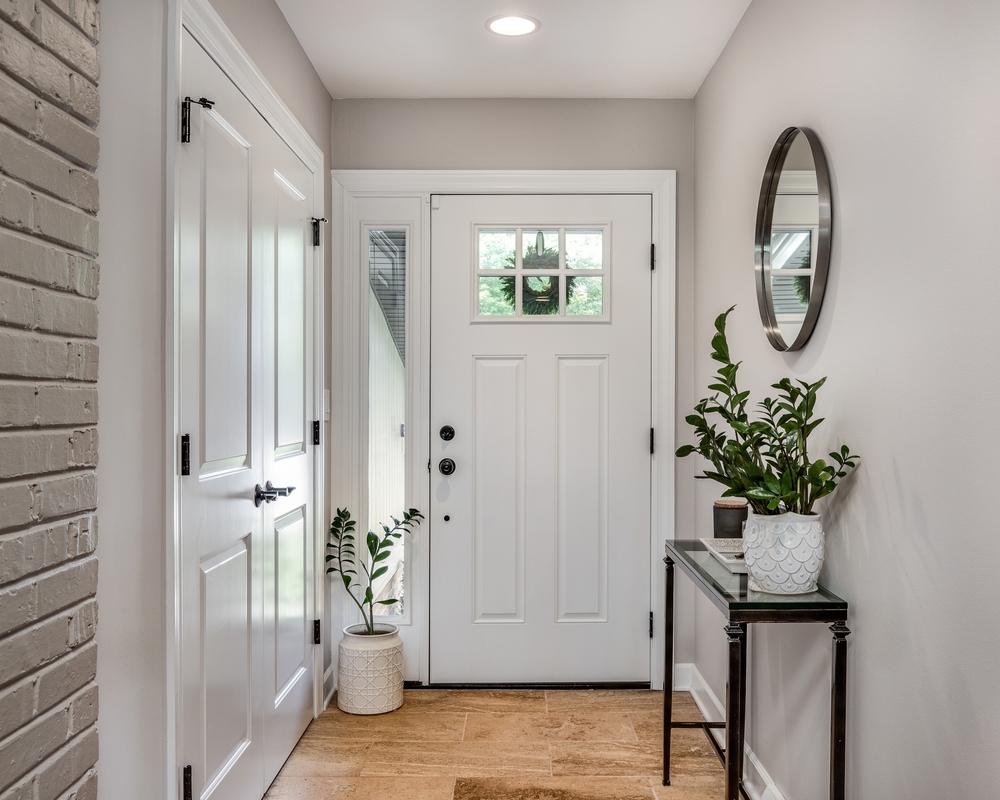
First impressions count, and your entryway is the first glimpse guests get of your interior style. A neglected entryway can set the wrong tone for the rest of your home, making it feel less inviting. Even a small space can be both functional and stylish with a few thoughtful design choices. Consider adding a small console table or a set of hooks for coats and bags to create a welcoming and organized entrance. A mirror can also be a practical addition, offering guests a quick glance at themselves before they leave.
The entryway is an opportunity to set the aesthetic tone for your home. Use it to introduce color schemes, textures, and decorative elements that are repeated throughout your house. A rug can add warmth and define the space, while artwork or family photos can offer a personal touch. Don’t overlook the importance of lighting here, as a well-lit entryway feels more inviting. Remember, attention to these details can transform a simple entryway into a charming introduction to your home.
5. Wall-To-Wall Carpeting
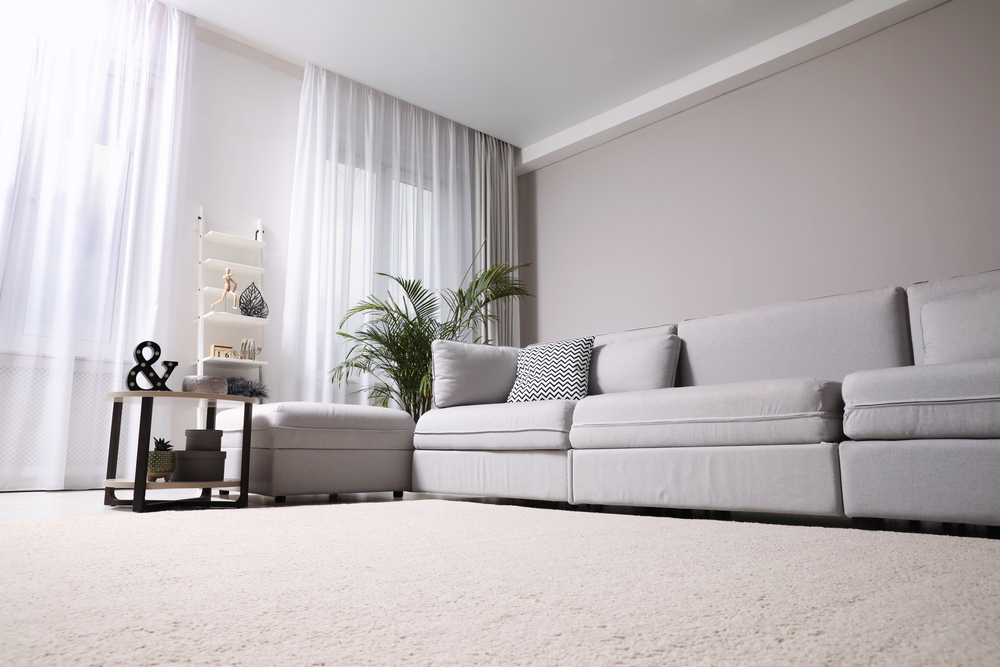
While once a popular choice, wall-to-wall carpeting can date a room quickly, making it feel less contemporary and even less clean. Carpets can trap dust and allergens, which isn’t ideal if you’re aiming for a fresh and inviting space. Hardwood floors, tiles, or high-quality laminate can offer a more luxurious and timeless look. According to a report by the National Wood Flooring Association, homes with wood floors tend to sell faster and at higher prices than those with wall-to-wall carpeting. If budget is a concern, consider hardwood alternatives or area rugs to layer over existing carpets.
Area rugs can bring in color, texture, and warmth without the permanence of full carpeting. They allow you to change up the look of a room with ease and create defined areas within a larger space. Mixing different textures and styles through rugs can add depth and interest to your design. Plus, they are easier to clean and replace than wall-to-wall carpets. Whether you choose hardwood or another flooring option, aim for materials that are both functional and aesthetically pleasing.
6. Overstuffed Rooms
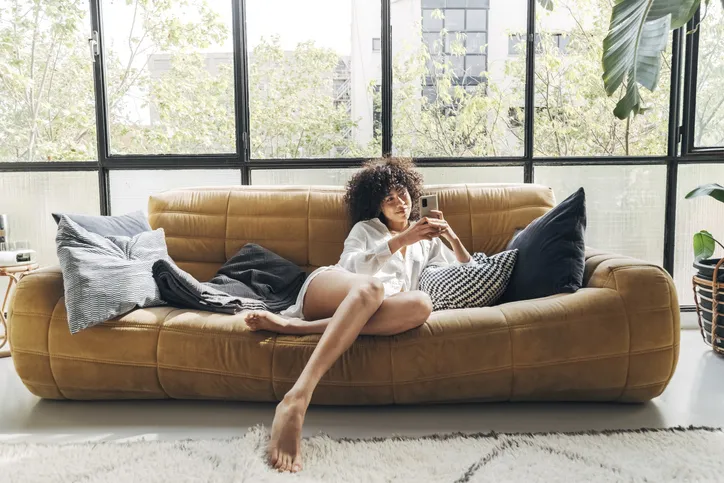
Cramming too much furniture or decor into a room can make it feel cluttered and chaotic. Even if your pieces are high-quality, an overstuffed space loses its appeal and can make it difficult for guests to navigate comfortably. Take a step back and evaluate what you truly need in the room, focusing on functionality and flow. Consider removing or rearranging items to create a more open and airy feeling. Sometimes less really is more, and a few thoughtfully chosen pieces can make a bigger impact than a crowded collection.
A well-edited space lets each element shine, giving your home a more curated and expensive look. Negative space is just as important as the items you choose to display, offering visual relief and enhancing the overall design. Think about the purpose of the room and prioritize the furniture and decor that supports that purpose. Multi-functional pieces, like storage ottomans or extendable tables, can help you maximize space without sacrificing style. Ultimately, the goal is to create a room that feels balanced, welcoming, and reflective of your personal taste.
7. Neglecting Window Treatments
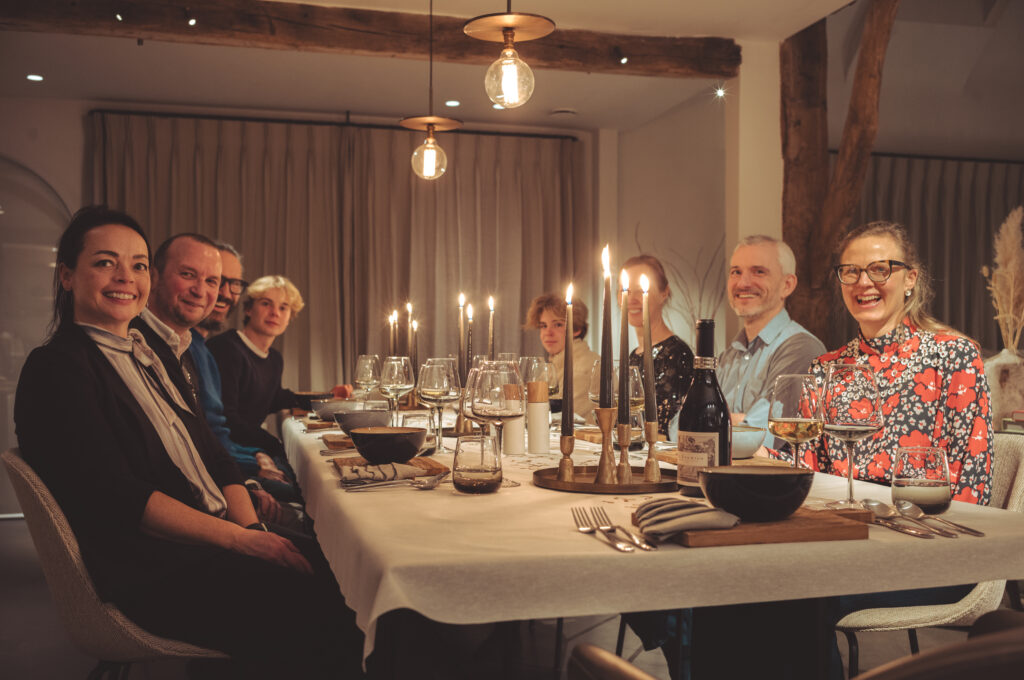
![]() Bare windows or ill-fitting blinds can make a room feel unfinished and impersonal. Window treatments are not just functional; they can also add a layer of sophistication and style to your home. According to interior designer Nate Berkus, the right curtains or shades can make a room feel more polished and add a sense of warmth and coziness. When choosing window treatments, consider the existing color scheme and style of the room. Opt for floor-length curtains or custom blinds to ensure they fit well and complement the overall aesthetic.
Bare windows or ill-fitting blinds can make a room feel unfinished and impersonal. Window treatments are not just functional; they can also add a layer of sophistication and style to your home. According to interior designer Nate Berkus, the right curtains or shades can make a room feel more polished and add a sense of warmth and coziness. When choosing window treatments, consider the existing color scheme and style of the room. Opt for floor-length curtains or custom blinds to ensure they fit well and complement the overall aesthetic.
In addition to style, window treatments can provide privacy and control over natural light, enhancing the room’s functionality. Sheer curtains can soften the light and add a romantic touch, while blackout curtains are ideal for bedrooms, ensuring a good night’s sleep. Pay attention to the hardware as well, as quality rods and brackets can enhance the overall look. Layering different types of window treatments, like pairing sheer panels with heavier drapes, can add depth and interest. Remember, well-chosen window treatments are an investment in both style and practicality.
8. Ignoring Scale And Proportion

The size and scale of your furniture and decor should complement the dimensions of the room. Oversized furniture in a small space can overwhelm, while tiny pieces in a large room can feel lost and insignificant. Take the time to measure your space and plan the layout accordingly. Choose pieces that fit the room’s scale, leaving enough space for flow and functionality. A well-balanced room creates a sense of harmony, making it more appealing and comfortable for both you and your guests.
In terms of decor, consider the scale of artwork, lighting, and other accessories in relation to the furniture and the room itself. A large piece of art can make a bold statement on a big wall, while a gallery of smaller frames can add interest to a more compact space. Similarly, a too-small rug can look out of place, while a properly sized one will anchor the room. Experiment with different arrangements, keeping in mind that proportion is key to creating a cohesive and visually pleasing design. Attention to scale and proportion can elevate your home from ordinary to exceptional.
9. Generic Artwork
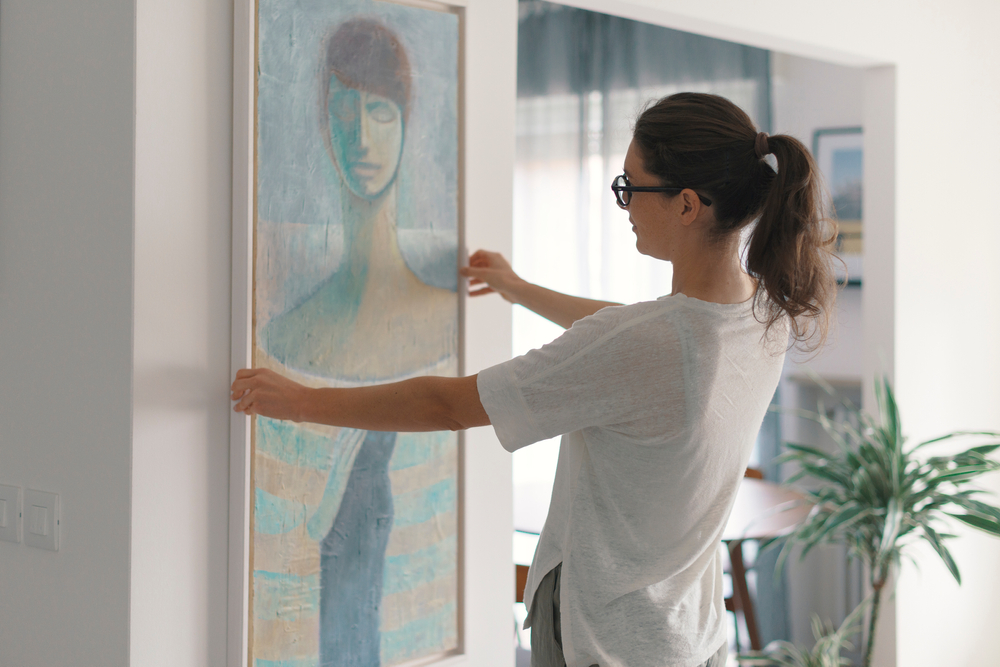
Art is a powerful way to express your personality and enhance your home’s aesthetic, but generic or mass-produced pieces can undermine that potential. While affordable and easy to find, these artworks often lack originality and fail to add any real value or intrigue to your space. Instead, consider investing in pieces that hold personal meaning or tell a story. Look for local artists, prints, or even DIY projects that reflect your taste and the unique character of your home. A carefully chosen piece of art can be a conversation starter and set the tone for the rest of the room’s decor.
Don’t be afraid to mix different styles and mediums to create a more dynamic and layered look. A gallery wall can be an effective way to showcase a diverse collection, offering visual interest and a personal touch. Consider the placement and scale of your artwork, ensuring it complements the room’s proportions and existing decor. Remember, art should enhance your space, not just fill a blank wall. By curating a collection that speaks to you, you’ll create a home that feels authentic and thoughtfully designed.
10. Cluttered Surfaces
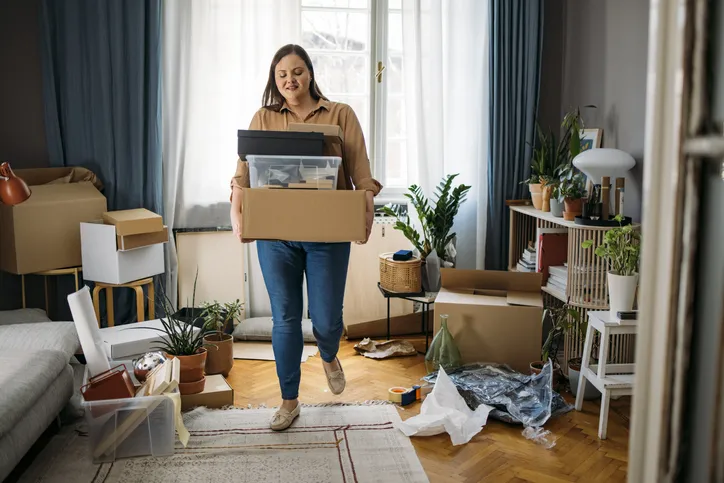
Cluttered surfaces can make even the most beautiful home feel disorganized and chaotic. Countertops, shelves, and tables overflowing with miscellaneous items distract from the overall design and create a sense of confusion. Take the time to declutter and organize these spaces, keeping only what you truly need or love. Use trays, baskets, or decorative boxes to corral smaller items and maintain a tidy appearance. By clearing the clutter, you’ll allow your furniture and decor to shine and your home to feel more spacious and inviting.
A minimalist approach to surfaces can also make cleaning easier and more efficient. With fewer items to dust and move around, you’ll save time and effort in maintaining a pristine home. When styling surfaces, aim for balance and variety, incorporating different heights, textures, and colors. Group similar items together for a cohesive look, and leave some negative space to prevent the area from feeling overcrowded. Embracing simplicity in your home can create a more serene and visually appealing environment.
11. Neglected Outdoor Spaces
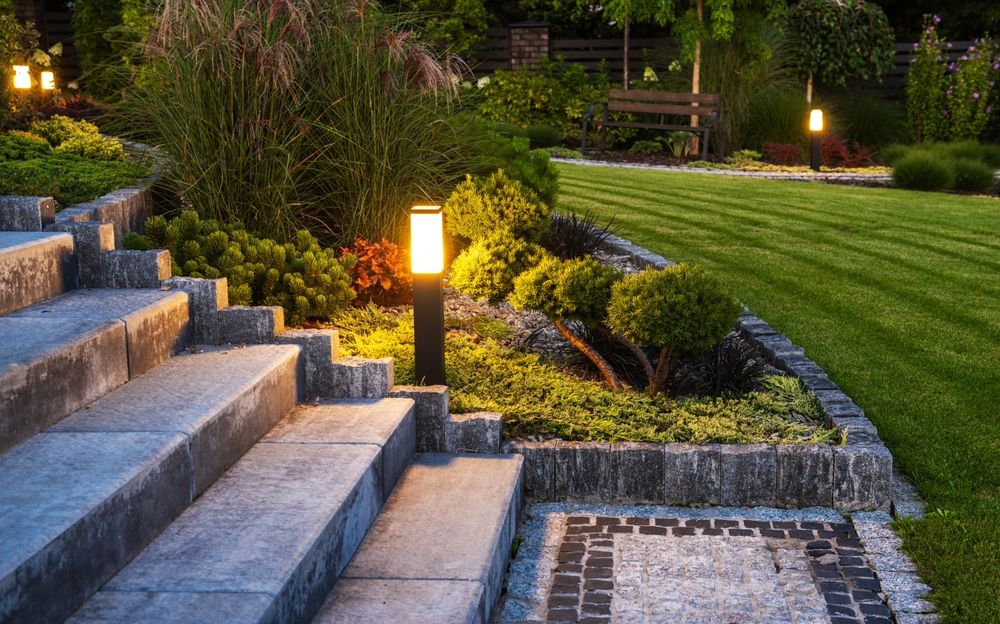
Your home’s exterior is just as important as the interior when it comes to creating a welcoming atmosphere. A neglected yard or porch can detract from your home’s overall appeal and give the impression of a lack of care. Invest time in maintaining your outdoor spaces, whether it’s keeping the lawn tidy, adding potted plants, or updating outdoor furniture. Small touches like a doormat or outdoor lighting can make a significant difference in creating an inviting entrance. Remember, your home’s exterior sets the stage for what guests can expect inside.
In addition to enhancing curb appeal, a well-designed outdoor space can also increase your home’s functional living area. A comfortable patio or deck can serve as an extension of your indoor spaces, offering opportunities for relaxation and entertainment. Consider incorporating outdoor rugs, cushions, and even artwork to create a cohesive look that complements your interior design. Pay attention to both aesthetics and usability, ensuring your outdoor spaces are both beautiful and practical. By investing in your home’s exterior, you’ll create a harmonious and appealing environment from the outside in.
12. Outdated Fixtures And Hardware
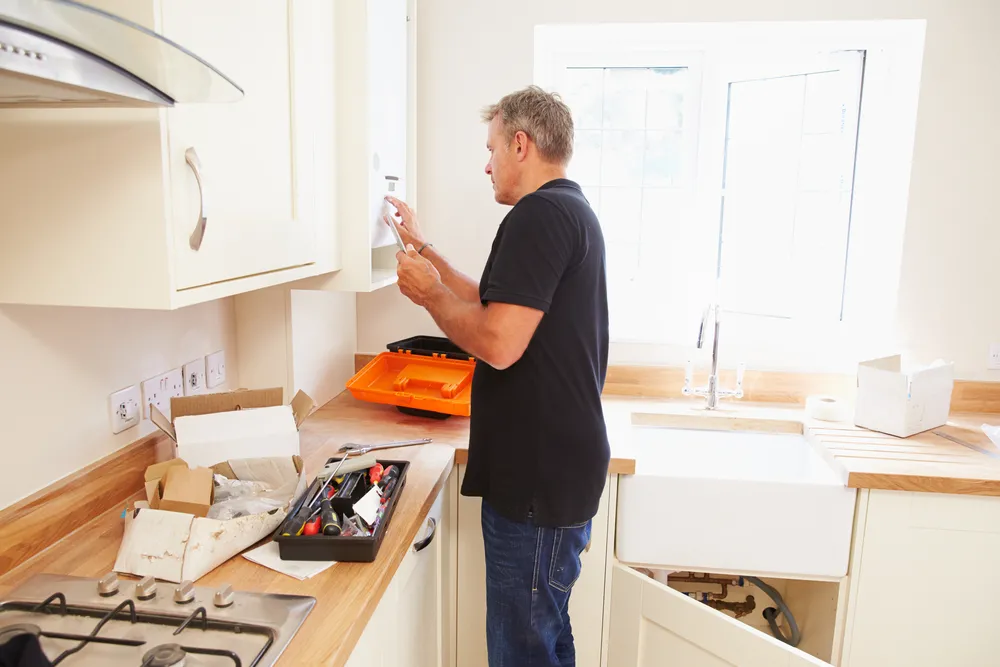
Outdated fixtures and hardware can age a home, making it feel stuck in a past decade. Updating elements like light fixtures, cabinet handles, and faucets can have a significant impact on the overall appearance of your space. Consider modernizing these features with more contemporary options that reflect current design trends. While this might seem like a small change, it can make your home feel fresher and more current. Choosing fixtures and hardware that align with your personal style can also add a touch of individuality to your home.
Replacing outdated fixtures doesn’t have to be expensive or time-consuming. There are plenty of budget-friendly options available that can offer a high-end look without a hefty price tag. Pay attention to the finish of your fixtures, as well, opting for cohesive colors and materials throughout your home. Mixing metals can add visual interest, but be sure to do so intentionally and with balance. By updating these often-overlooked details, you’ll give your home a more polished and put-together appearance.
This article is for informational purposes only and should not be construed as financial advice. Consult a financial professional before making investment or other financial decisions. The author and publisher make no warranties of any kind.








